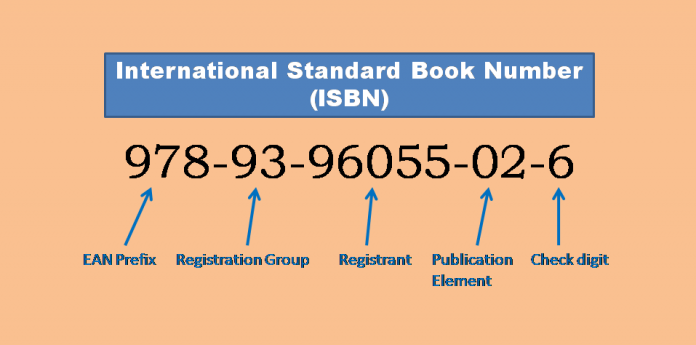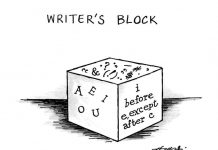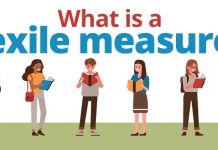ISBN stands for International Standard Book Number. As the name suggests, it is an international, unique book identifier. Prior to January 1, 2007, ISBNs had 10 digits (called ISBN-10) because in 1967, more than 40 years ago, when the concept of an ISBN was born, this was deemed sufficient (allowing for millions of combinations). Little did the initiators then anticipate the rush for published material that made usage of the 13-digit ISBN (ISBN-13) mandatory in 2007.
Why use an ISBN?
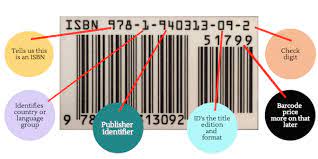
ISBNs are used worldwide for practical reasons. Just imagine looking for a book with a complicated or long author name, title or both. This author once had to look for a book called Feminist Approaches to the Body in Medieval Literature by Linda Lomperis and Sarah Stanbury. An excellent and informative title but a nightmare to order!
Even after spelling a title and author name (in person at a bookstore, over the phone or on the internet), the risk of mishearing, mistyping, misspelling and therefore ordering the wrong book are high. The same is true when cataloguing books, monitoring their sales or performing other administrative tasks (see below). With an ISBN, the margin for error is greatly reduced. Therefore, ISBNs have revolutionized book ordering and recording book data.
Who Needs an ISBN?
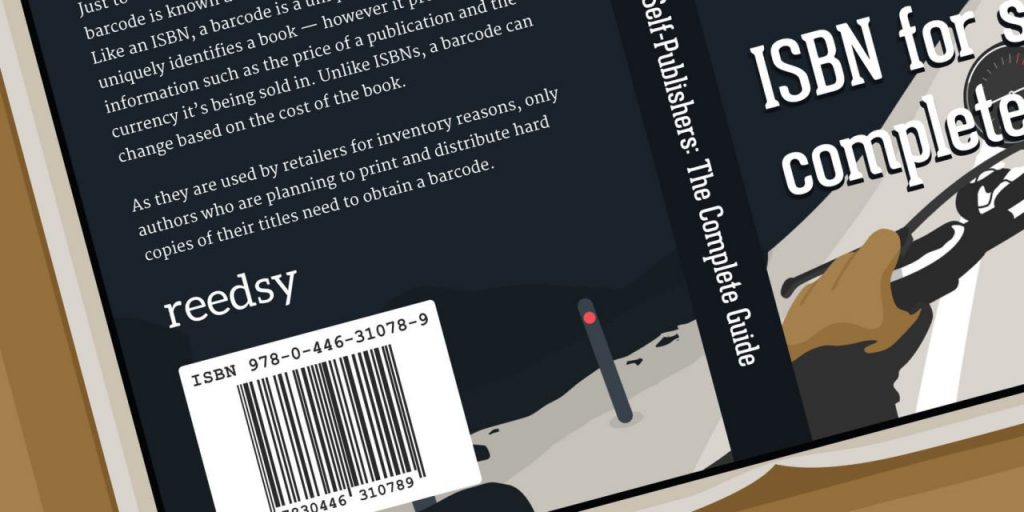
Any published book requires an ISBN. Therefore, the identifier should be requested while the book is still in the production stage. Publishing houses usually request a number of ISBNs beforehand, depending on their annual production, as requesting them on an individual basis would be too time consuming; therefore, it is more a question of assigning an ISB number than obtaining one.
For self-published titles, the responsibility of requesting an ISBN falls into the hands of the author. This can be done by contacting the national or regional ISBN office in a particular country. The International ISBN Agency’s website lists the contact information for any of the ISBN members in 160 countries.
What ISBNs are Used For

Publishers use ISBNS for
- rights and royalty management,
- inventory control,
- ordering,
- accounting,
- monitoring sales and
- handling book sales and returns.
Book Retailers and Wholesalers (actual or virtual) need ISBNs for
- searching books,
- ordering books,
- inventory control,
- accounting and billing and
- using directories such as Books in Print (and national equivalents).
Libraries rely on ISBNs when
- ordering books for their selection,
- cataloguing the books in their selection,
- retrieving book information and
- lending to and borrowing books from other libraries.
What are the Components of an ISBN?
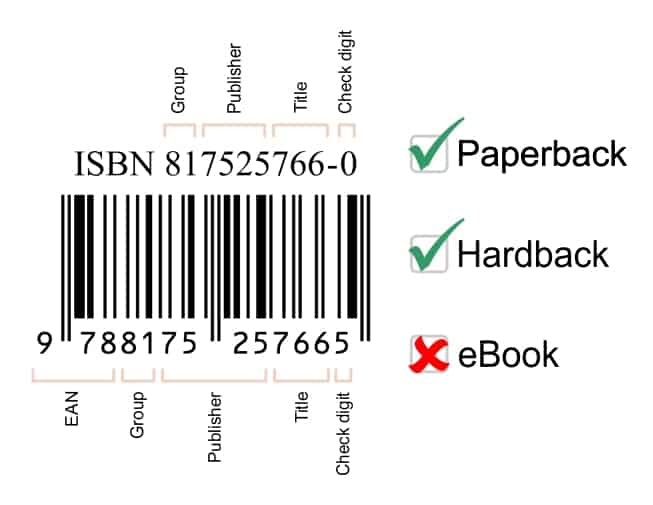
Staying with the previous example, let’s look at the book’s ISBN: 978-0-812-21364-5.
It can be divided into five parts:
- Prefix element: 978
- Registration group identifier: 0.The country, geographical region or language area. French-speaking Canada, for example, will have a 2 at this place; English-speaking Canada a 0.
- Registrant element: 812. The publisher or imprint, in this case the University of Pennsylvania Press. Large publishers or publishers entities receive smaller numbers; smaller publishers longer ones.
- Publication element: 21364. The average title output. The more titles published or forthcoming, the longer the number. Leading zeroes are placeholders for blank digits to make sure ISBNs are always 13 digits long.
- Check digit: 5. This control digit is compiled using an algorithm.
Looking at an ISBN, one can actually gather quite a bit of information about the language region of a publication, the size of its publisher, etc. Often, below the ISBN is an EAN-13 bar code symbol (the black-and-white narrow and broad lines). This is to allow worldwide bar code scanning. Periodicals such as magazines and journals are uniquely identified by their International Standard Serial Number (ISSN).


